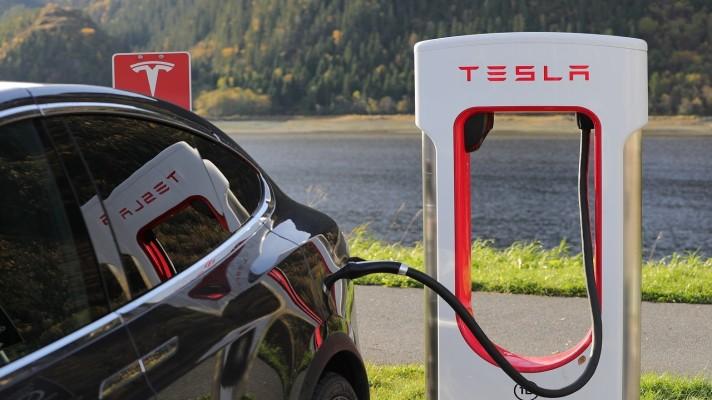Motor batteries for Renault
Also, the li-ion batteries fitted on Renault Z.E. vehicles have no memory effect, meaning that they can be charged even partly at any time with no premature drop in performance level.
Battery make-up
For example, the Kangoo Z.E. battery is made up of two stacks, each comprising 24 modules. The battery pack of Fluence Z.E. is made up of three stacks of 16 modules each.
The Kangoo Z.E., Fluence Z.E. and ZOE batteries consist of the same number of cells, a total 192. The Twizy battery is composed of 42 cells. The Fluence Z.E. battery was designed to be removed at Quick Drop battery switch stations, currently planned for deployment in Israel, Denmark and Australia in partnership with Better Place.
The battery is equipped with an electronic control unit that continuously manages each cell. Two independent electric circuits measure the voltage of each cell. With this dual-measurement system, Renault goes beyond regulatory requirements to ensure optimal operation and faultless safety in use.
Batteries and extreme temperatures
The batteries can be used between -25°C and +60°C.
When these extreme temperatures are reached, the range and acceleration of the vehicle will decrease. But nothing will keep drivers from starting their cars and making their daily journey.
As with any battery, full performance and range will be attained once temperatures become less extreme.
What about the environment?
Mindful of the environment, Renault has formed a partnership with the leading company in li-ion battery recycling.
Damaged and end-of-life batteries are collected and sent to diagnosis centers, which in turn send them on either to a second, non-automotive life or to complete recycling.
Recycling starts by breaking the batteries down into sub-assemblies and modules (made up of cells). The constituent parts are either reused or recycled.
ZDROJ: www.renault.com
